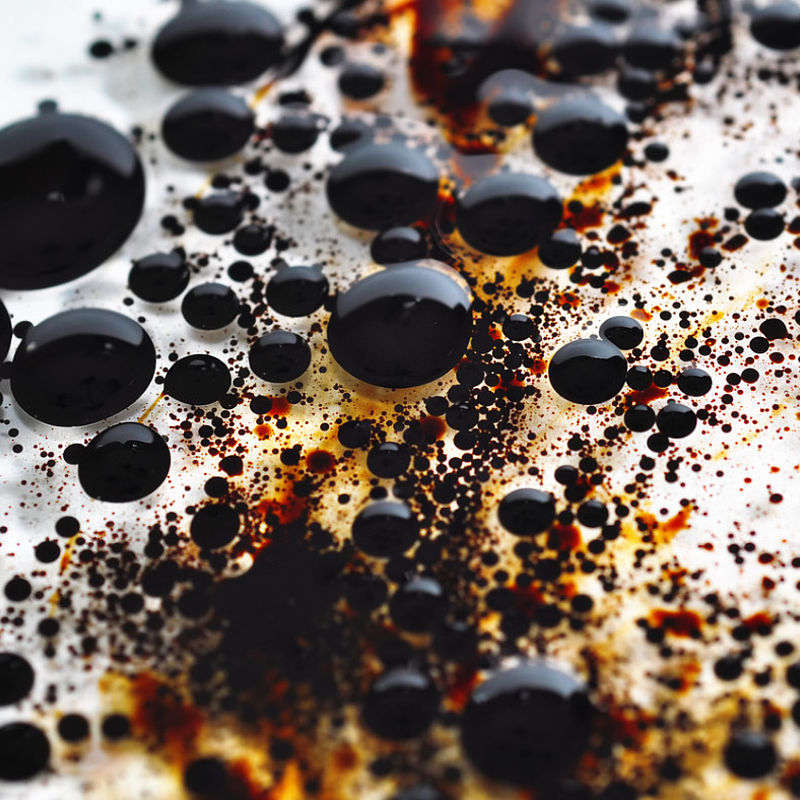
Measuring organic layers
Challenge
Many next generation technologies have multiple layers of organic materials with complex surface chemistries. For example, in mobile phones these layers provide visual displays, touch response and protection. Organic solar cells require multiple layers to turn light into electricity. Drug delivery systems are designed to break down in very specific ways to deliver the correct dose over the prescribed time.
Innovation in such technologies requires an understanding of how surfaces, interfaces and thin layers behave at the molecular level, and how this effects performance in the final product.
Measuring these multiple organic layers requires surface layers to be individually removed without damage to the freshly exposed surface. Instruments that can do this accurately will speed innovation through enabling a better understanding of how molecules are distributed, thereby providing confidence in the performance and reliability of new products. However it is currently hard to be certain of the depth being removed, making it difficult for manufacturers to be confident in which layer they are measuring.
In order for these techniques to deliver their potential, and support innovation in organic thin film chemistry, it is necessary to develop methods which provide users with certainty about the depth of material being removed.
Solution
The EMRP project Traceable quantitative surface chemical analysis for industrial applications developed two certified organic reference materials for depth analysis of layered organic materials. The reference materials consist of stacked layers of different organic molecules with different mixtures and accurate layer thicknesses. These were validated using X-ray Reflectometry, an existing traceable measurement technique.
The organic reference materials now enable calibration of a range of depth profiling technologies for organic materials. This holds huge potential for manufacturers in many industries, who require reliable ways to measure surface chemistry of organic layers, improving both quality assurance and R&D.
Impact
The new reference standards have generated widespread interest from surface analysis instrumentation suppliers. Kratos Analytical Ltd, makers of state-of-the-art spectrometers for surface and biochemical analysis, is one of several early users of these reference materials. Kratos has improved their X-ray photoelectron spectroscopy (XPS) technology, which incorporates a technique for removing layers one at a time using a stream of argon cluster ions, each cluster containing hundreds or thousands of argon atoms and measuring the freshly exposed surface by electron spectroscopy.
Kratos was keen to introduce reference materials to demonstrate the viability of XPS for analysing individual organic layers. The standards developed by this project mean they can better characterise their instrument performance, and provide confidence to customers. This will facilitate XPS acceptance in a number of industries, and increase the potential market for Kratos’s instruments.
The improved ability to use techniques such as XPS to determine the chemical composition of organic layers using depth profiling is making a significant contribution to research and product improvement in this area. This brings important benefits to manufacturers of complex layered organic materials such as display screens and solar panels, including Kratos’s customers.
- Category
- Industry,
- EMRP,
